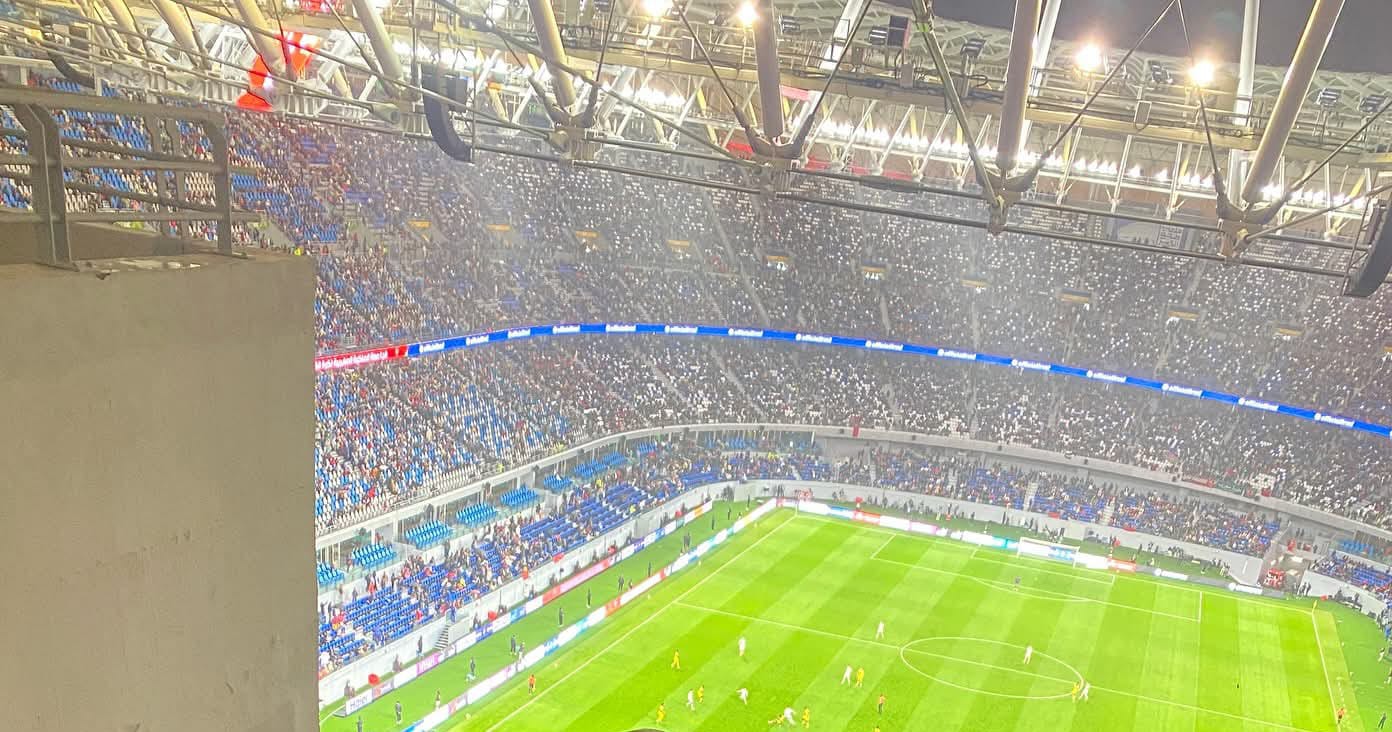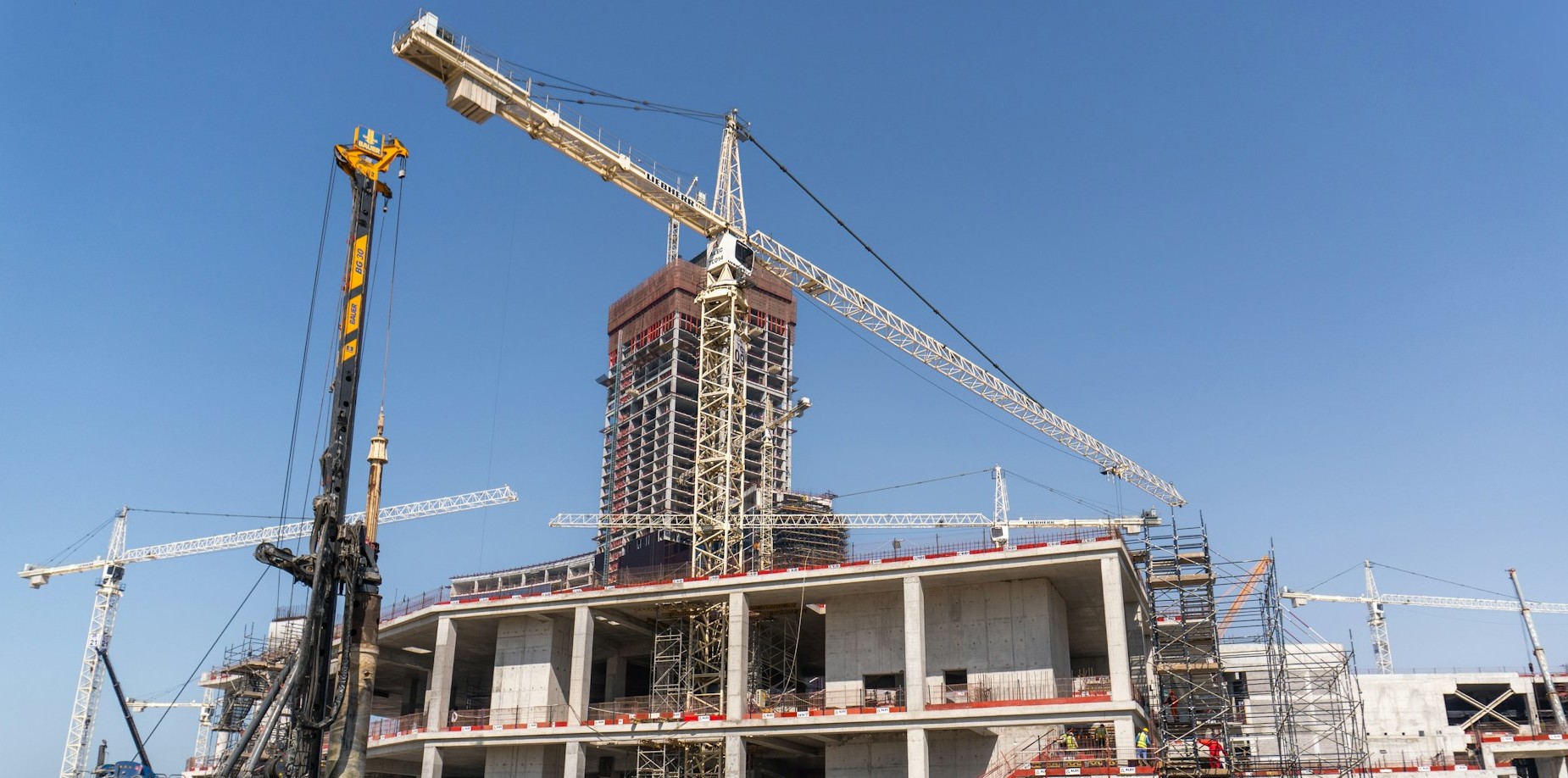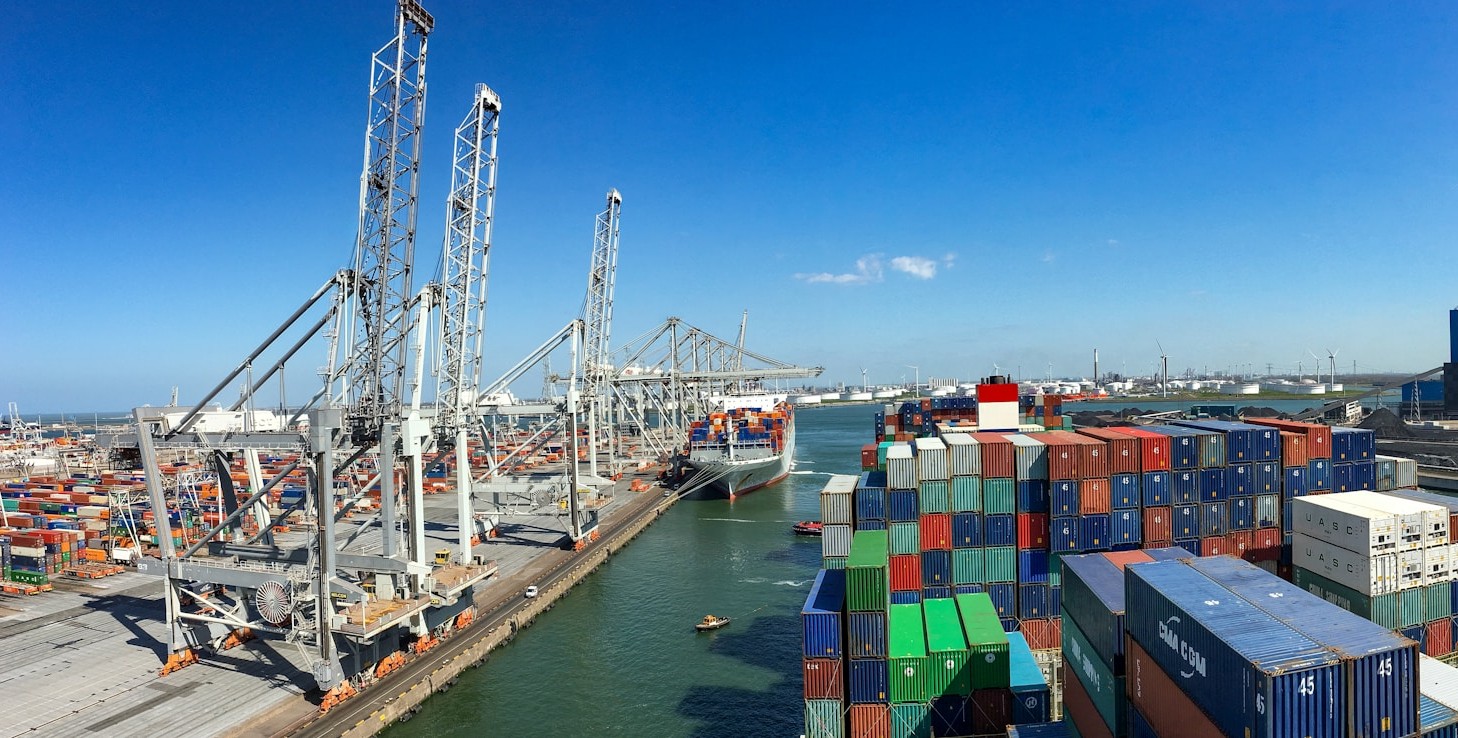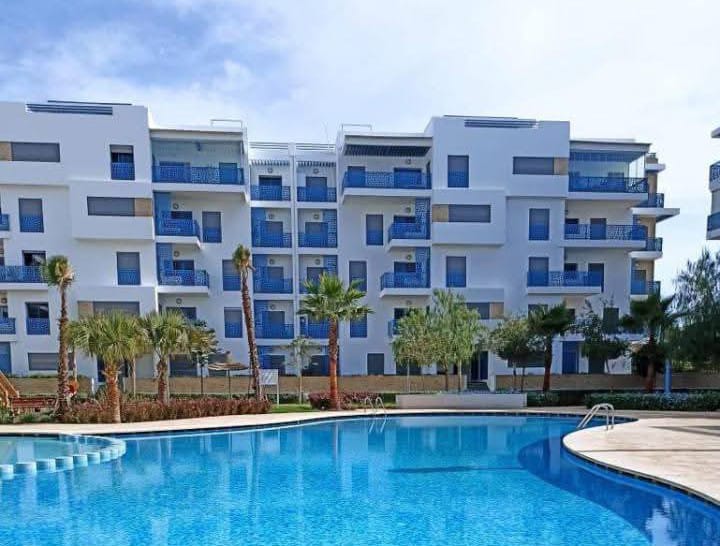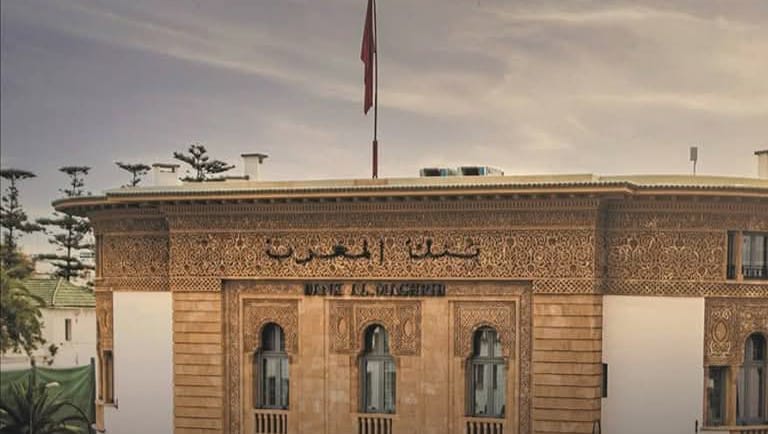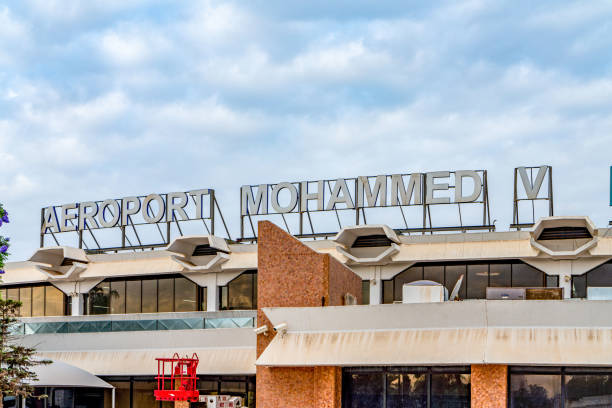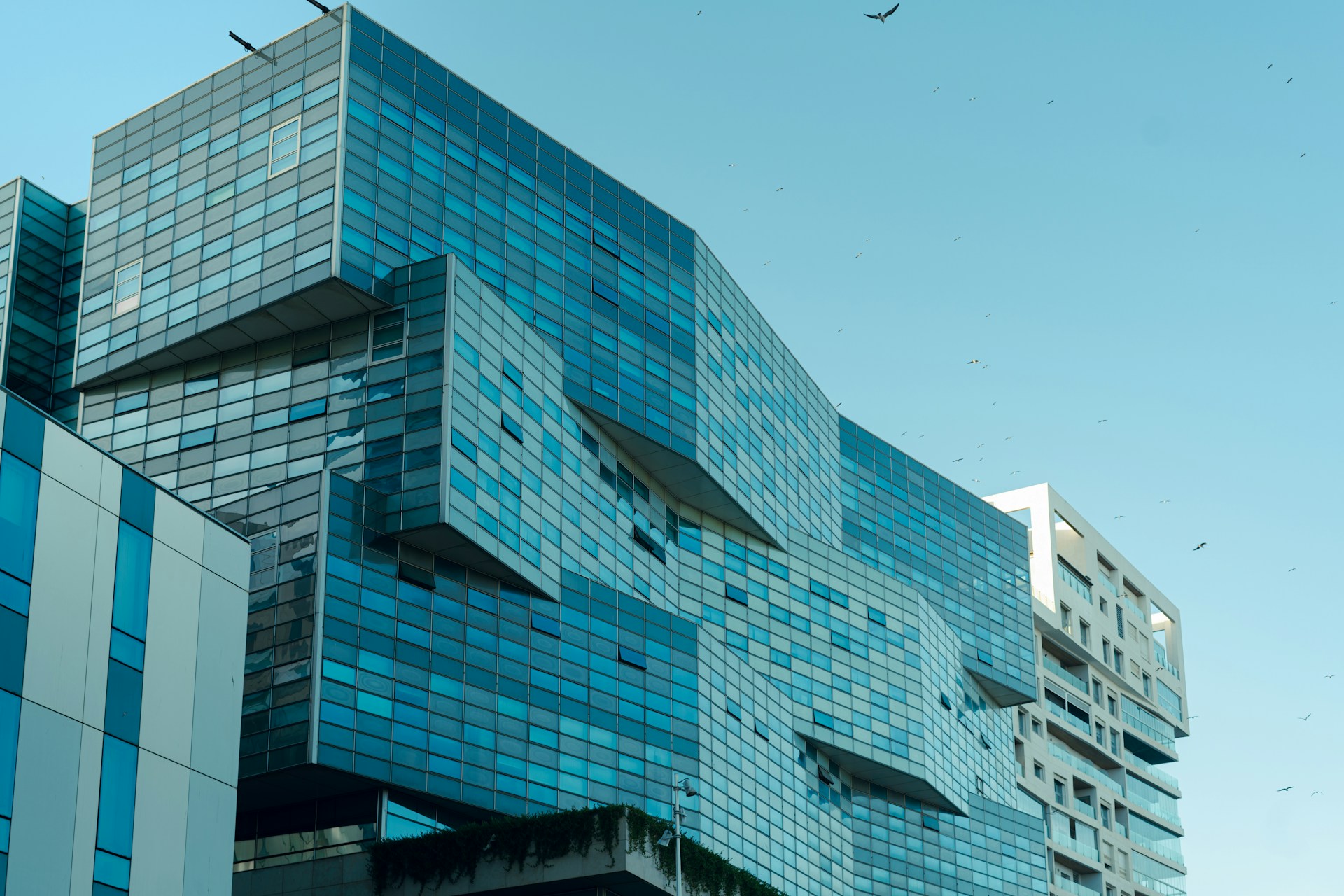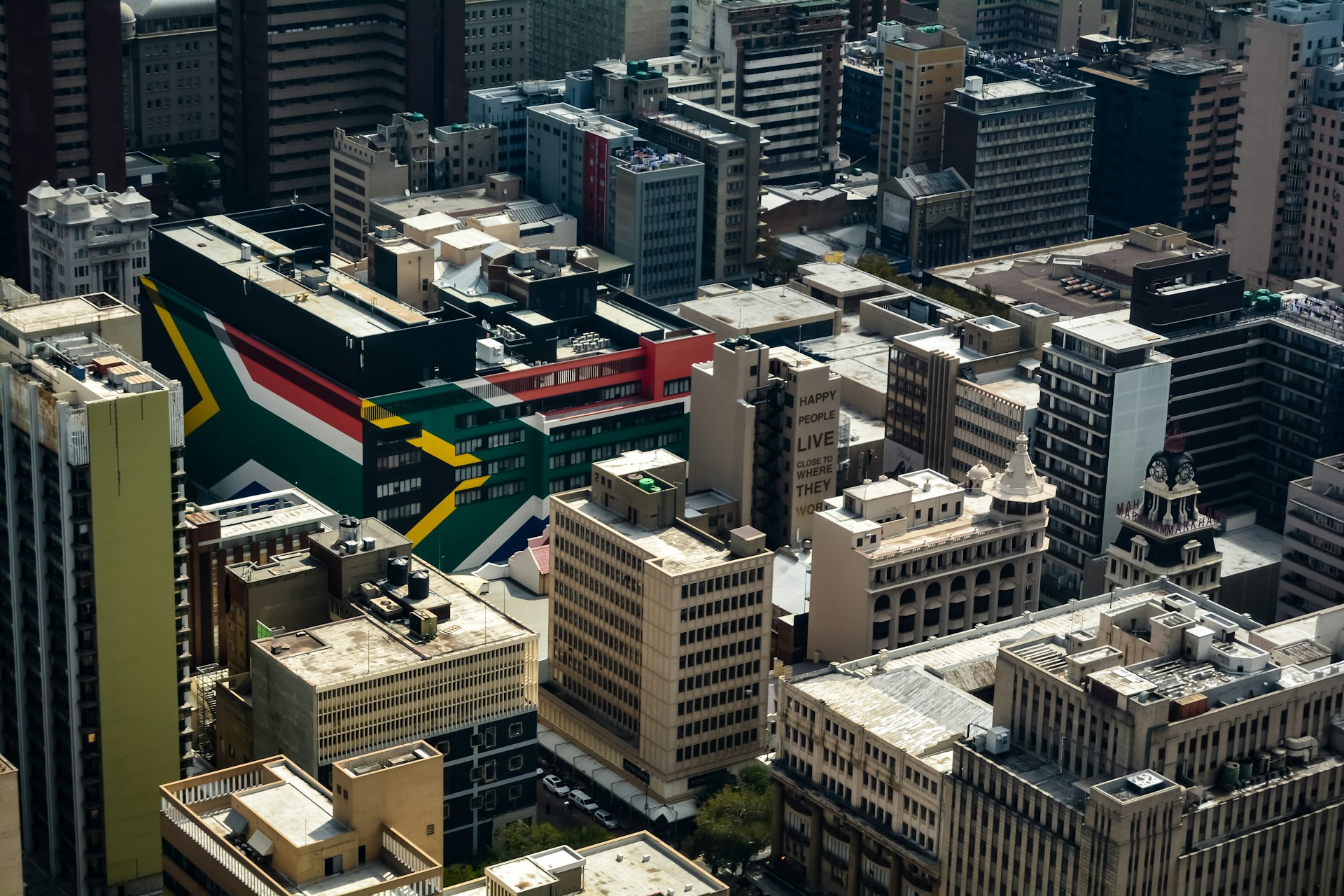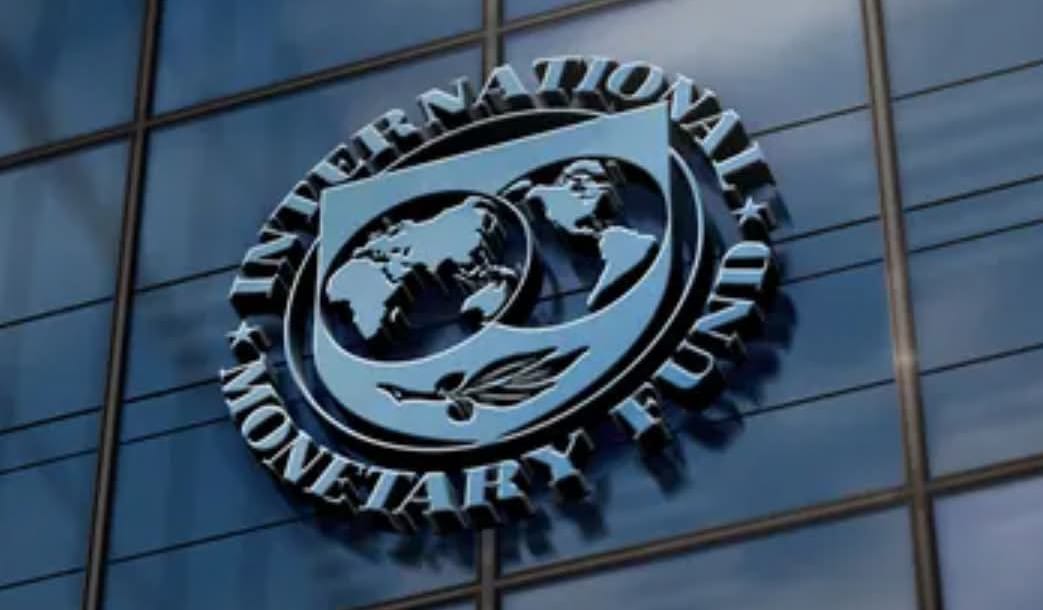Casablanca – Morocco’s real estate sector has entered 2025 with renewed momentum, supported by an improving economic outlook and major infrastructure plans tied to the 2030 World Cup. However, the market faces persistent structural challenges, ranging from land scarcity and rising construction costs to the affordability crisis that continues to weigh on middle-class families—particularly in fast-growing urban centers like Tangier.
Across the country, both public and private stakeholders are showing growing interest in housing development, spurred by the government’s Direct Housing Assistance Program (PADL). Since its launch in January 2024, the initiative has received over 128,000 applications through the national “Daamsakane” (housing support) platform, and around 30,000 beneficiaries have successfully completed home purchases. While these figures reflect strong demand, experts note that the real challenge lies in turning interest into actual sales. Conversion rates remain modest due to limited affordable supply, underscoring the need for faster production of units that meet household budgets.
The affordability issue is most acute for properties priced under $30,000, where developers cite low profit margins as a key deterrent. High costs of land and construction materials—compounded by delays in zoning and permitting—make it difficult to build within this price range. As a result, the market struggles to align the government’s social housing objectives with private sector expectations of profitability.
Beyond residential properties, Morocco’s wider real estate landscape—spanning commercial, industrial, tourism, and logistics assets—is benefiting from the country’s broader economic modernization. Large-scale state investments in transportation networks, urban upgrades, and public facilities are creating an overall environment of opportunity for developers and investors alike. In this context, real estate is becoming more interconnected with national development priorities, contributing to job creation and urban growth.
Another growing segment is rental housing, which is attracting increasing interest from investors due to its long-term potential. The rental market is developing into a structured ecosystem involving developers, property managers, leasing agencies, and interior designers. Despite the positive outlook, concerns persist about rental yields being eroded by elevated property prices, especially in central districts of major cities.
One city that reflects both the sector’s promise and its limits is Tangier, where the real estate market is now showing signs of stagnation. Once considered a more affordable alternative to Casablanca or Rabat, Tangier has witnessed a 30% spike in price per square meter over the past year—putting homeownership out of reach for many middle-class buyers.
Local reports point to under-the-table payments, known colloquially as “noir,” as a growing obstacle. These illegal cash demands, often required by developers in addition to the declared sale price, can significantly inflate the total cost of a home. In central Tangier, such practices can push apartment prices above over $200,000, according to buyer testimonies.
The mismatch between wages and property prices is at the core of the issue. With average salaries unable to keep pace with real estate inflation, many working families—such as factory workers earning around $500 or $600 per month—are abandoning the idea of buying a home altogether.
Although city authorities are planning to release 400 hectares of new urban land in Tangier’s Beni Makada district to ease supply constraints, the impact of this move will take time to materialize. In the meantime, frustration is growing among residents who see the dream of homeownership slipping further away.
The overall picture for Morocco’s real estate sector is therefore mixed: there is strong national momentum, government support, and a clear link between real estate development and economic growth. At the same time, critical bottlenecks—ranging from cost pressures and land access to regulatory opacity and speculative trends—continue to hinder the sector’s ability to deliver housing that meets the needs of ordinary citizens.
For the market to fulfill its potential, coordinated action is needed to boost supply, improve transparency, and ensure affordability across all segments. Without it, the gains of economic recovery risk being overshadowed by a deepening housing divide.

